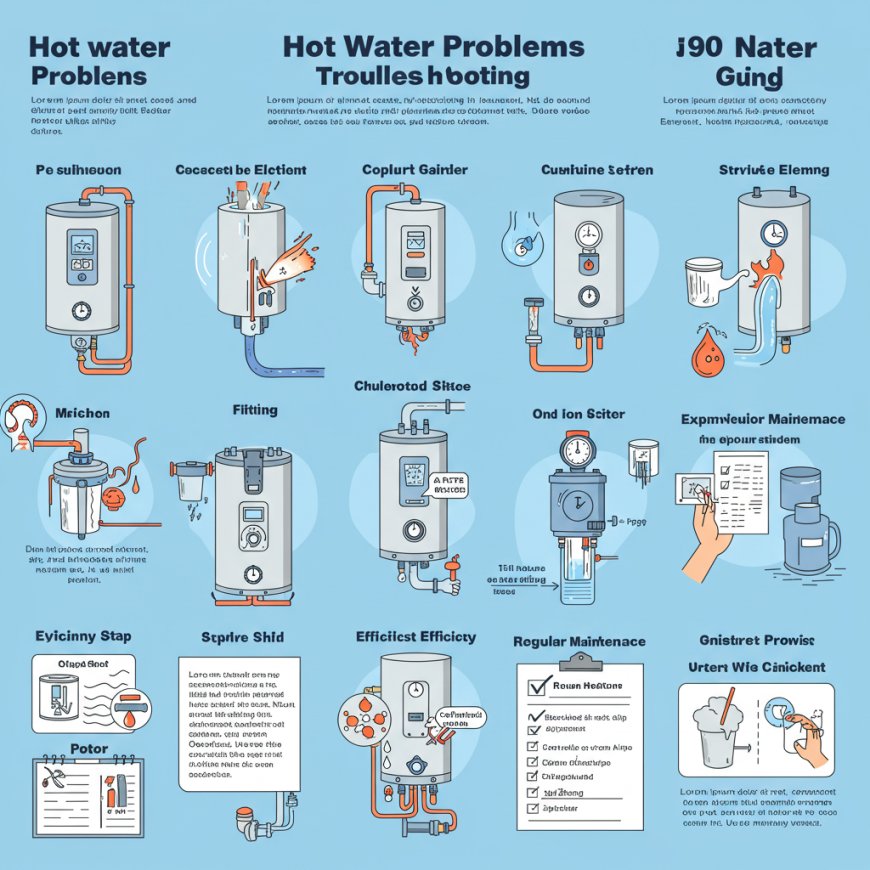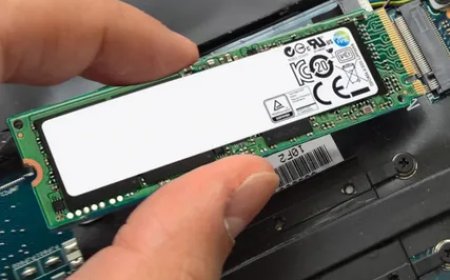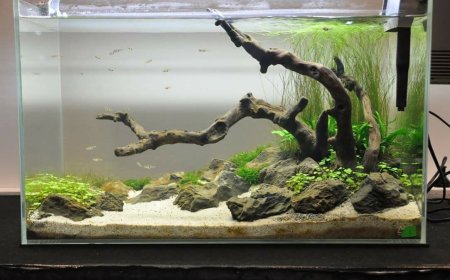Hot Water Problems Troubleshooting: How to Fix Common Water Heater Issues
Hot water problems troubleshooting made simple. Learn how to fix common water heater issues like no hot water, not enough hot water, or discolored water — and when to call a pro.

Few things are more frustrating than turning on the tap and discovering theres no hot water especially on a chilly morning. Whether your water heater is producing no hot water, not enough hot water, or the water is discolored or smells bad, knowing where to start can save you time, money, and stress.
This guide to hot water problems troubleshooting will help you diagnose the most common issues with your water heater, understand their causes, and figure out which solutions you can tackle yourself and when its time to call a professional.
Why Hot Water Problems Happen
Water heaters are one of the hardest-working appliances in any home. Over time, they can develop problems due to:
-
Sediment buildup inside the tank
-
Malfunctioning heating elements or thermostats
-
Leaks or pressure issues
-
Natural wear and tear from age
-
Improper installation or maintenance
Identifying the root cause is the first step to getting your hot water running properly again.
Common Hot Water Problems and How to Troubleshoot Them
1. No Hot Water at All
If you turn on the faucet and the water never warms up, the problem may depend on whether you have a gas or electric water heater.
-
For gas water heaters:
-
Check if the pilot light is lit. If its out, follow the manufacturers instructions to relight it.
-
If the pilot wont stay lit, the thermocouple or gas control valve might be faulty.
-
Make sure the gas supply is turned on.
-
For electric water heaters:
-
Check the circuit breaker to see if its tripped. Reset it if necessary.
-
A burned-out heating element or faulty thermostat could also be to blame.
If these quick fixes dont solve the problem, you may need a plumber to replace parts or inspect for deeper issues.
2. Not Enough Hot Water
Running out of hot water faster than you used to is another common complaint. This is often caused by:
-
Sediment buildup in the tank, which reduces capacity and efficiency.
-
A thermostat set too low (ideal temperature is around 120F).
-
A heating element thats failing to heat water fully.
-
A tank thats simply too small for your households hot water demand.
Troubleshooting tip: Try flushing the tank to remove sediment and adjusting the thermostat. If that doesnt help, a technician can test the heating elements or help you consider upgrading to a larger or tankless system.
3. Water Takes Too Long to Heat Up
If youre waiting several minutes for hot water to reach the faucet, it may not be the water heater itself. The problem could be:
-
Long pipe runs between the heater and the fixture.
-
Heat loss in uninsulated pipes.
-
A failing dip tube inside the tank.
Solution: Installing a hot water recirculation system or insulating pipes can improve delivery time. A plumber can also check for a broken dip tube.
4. Discolored or Smelly Hot Water
Rusty, brown, or yellow water usually means corrosion inside the tank or old plumbing pipes. A rotten egg smell comes from bacteria reacting with the tanks anode rod.
Troubleshooting tip:
-
Flush the tank to clear sediment.
-
Replace the anode rod if necessary.
-
If water quality doesnt improve, the tank or pipes may need replacing.
5. Water Is Too Hot
Scalding hot water is dangerous and wastes energy. If your water is too hot:
-
Check the thermostat it should be set no higher than 120F.
-
A faulty thermostat or stuck heating element can also cause overheating.
If adjusting the thermostat doesnt help, call a professional to inspect the unit.
When to Call a Professional
Some hot water problems troubleshooting can be done safely by homeowners, like resetting breakers, adjusting thermostats, or flushing the tank. But if you notice leaks, electrical issues, persistent pilot light failures, or signs of tank failure (like water pooling around the base), its best to call a licensed plumber.
Older water heaters (more than 1012 years) that develop repeated issues may need replacement rather than repair.
Tips to Prevent Hot Water Problems
Regular maintenance can prevent most water heater issues:
-
Flush the tank once a year to remove sediment.
-
Test the pressure relief valve periodically.
-
Have the anode rod inspected and replaced every few years.
-
Keep the thermostat at 120F to balance comfort, safety, and efficiency.
These simple steps can extend the life of your water heater and reduce costly repairs.
Final Thoughts
Hot water is one of lifes essentials, and dealing with a malfunctioning water heater can be stressful. But with a little knowledge about hot water problems troubleshooting, you can quickly identify the issue and decide whether its something you can fix yourself or if you need professional help.
From checking the thermostat to flushing the tank, these practical steps will help you get your hot water flowing again and keep it that way.
If your water heater is older, showing signs of rust, or costing you too much in repairs, it may be time to consider replacing it with a newer, more efficient model.
Dont wait until youre left shivering stay ahead of hot water problems with regular care and prompt repairs.




































